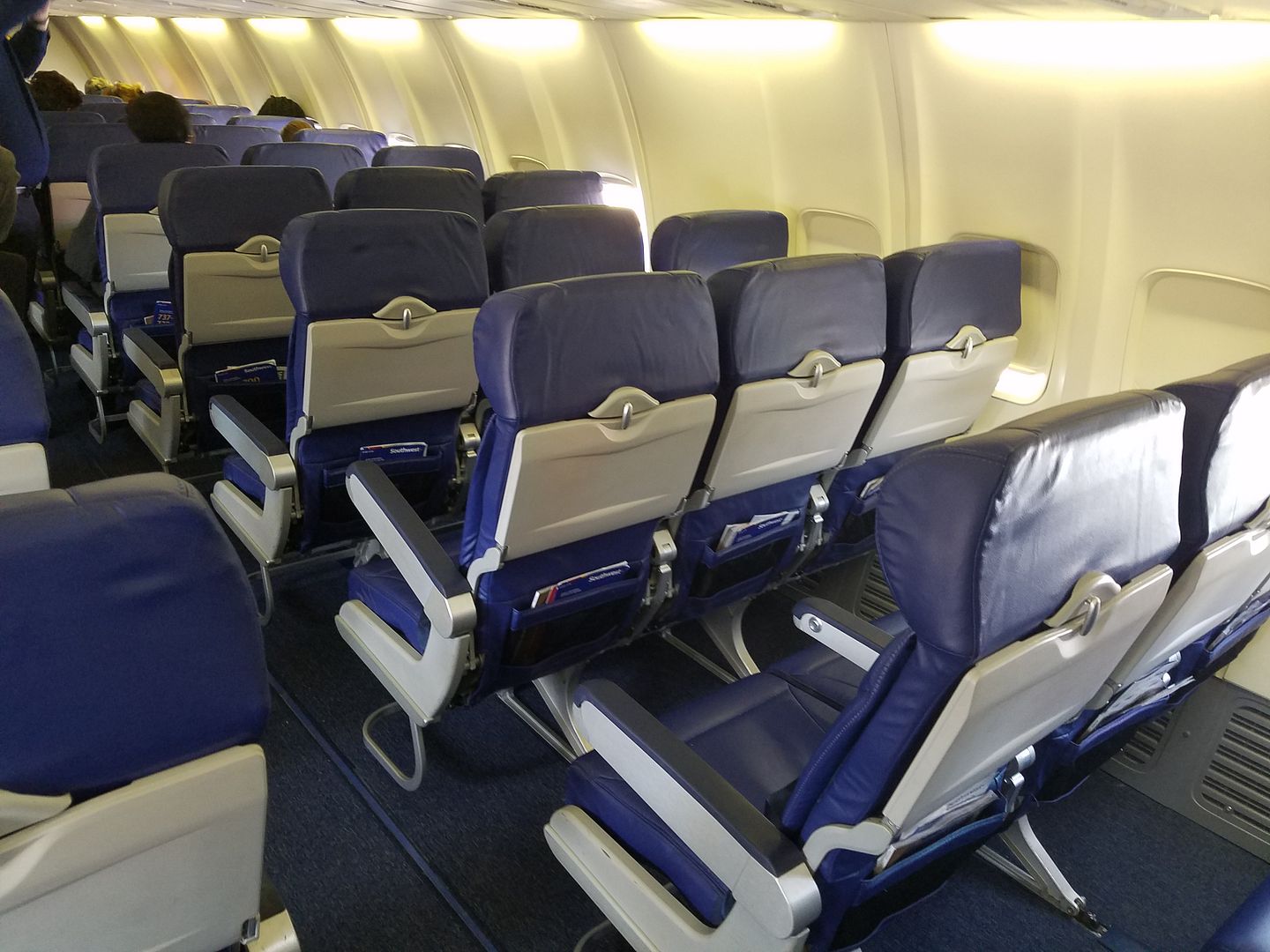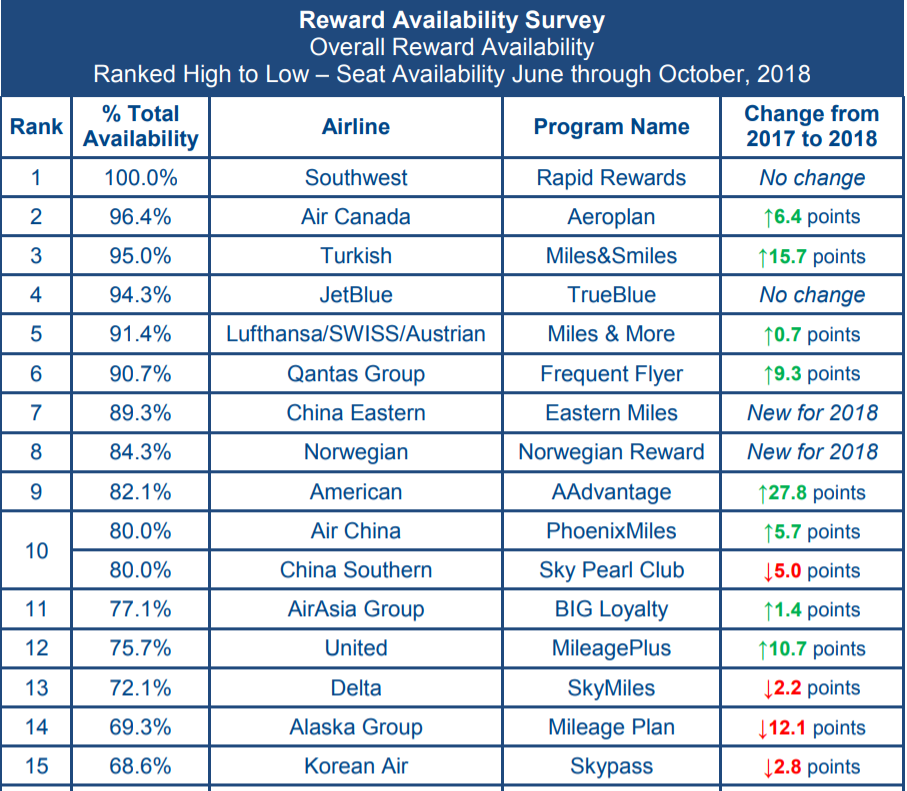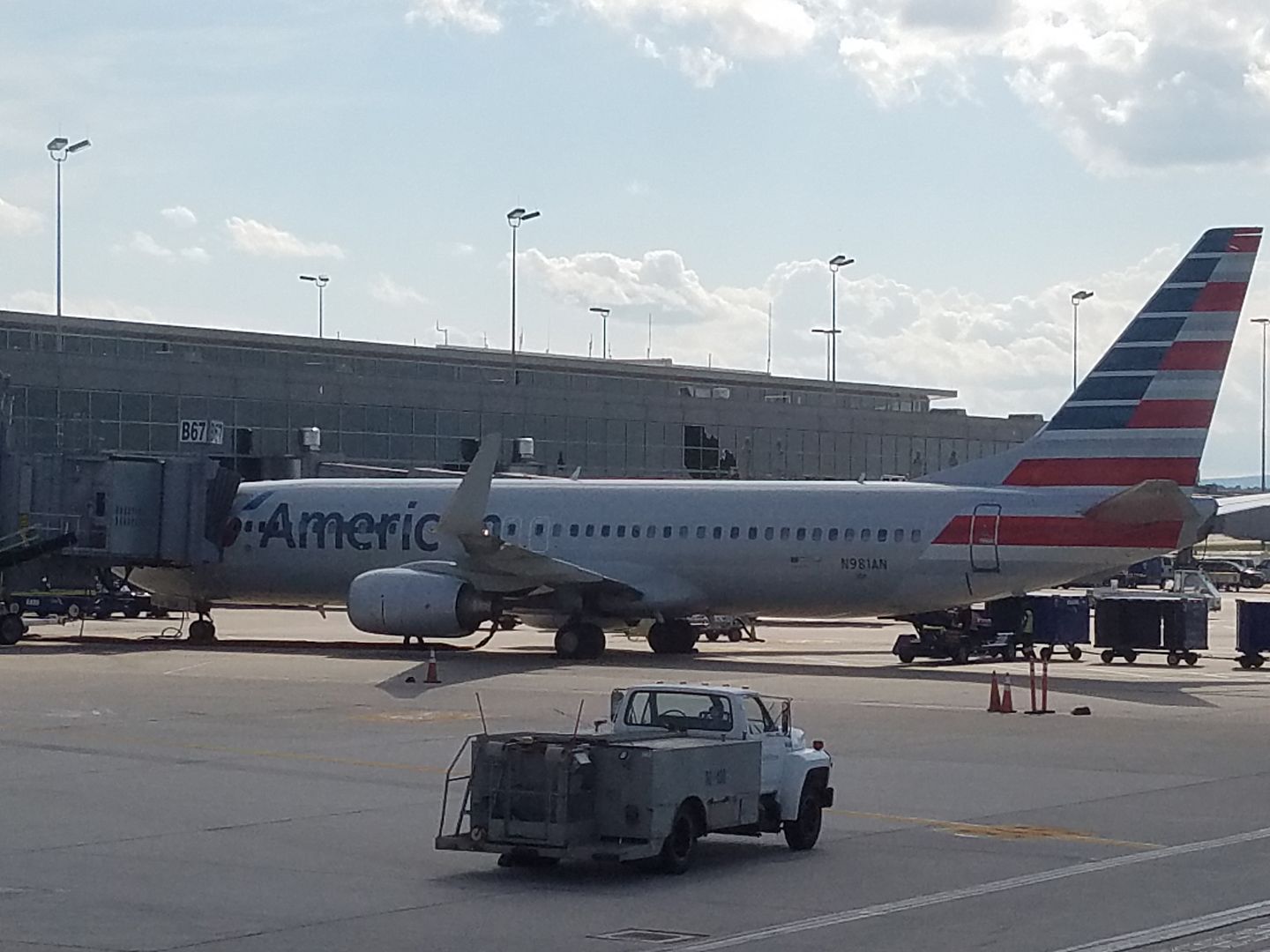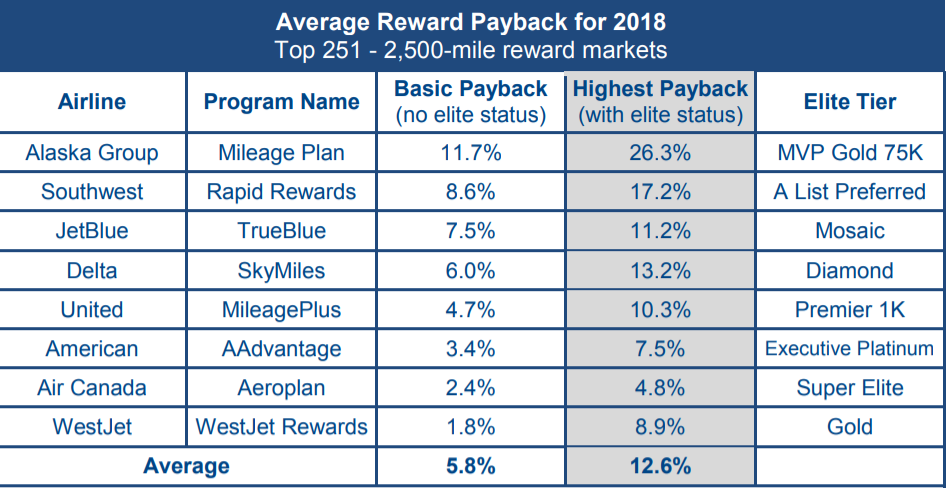The 2018 IdeaWorks award availability study is out.
- The top line that’s getting reported is that Southwest Airlines Rapid Rewards offers the best award availability and that’s true as far as it goes. Although it’s also somewhat misleading.
- Another key takeaway is major improvement in American Airlines award availability, but that’s not as helpful as it may seem to anyone who cares about the value of their miles.

Here’s the top 15 airlines in their results:

If you read the FAQs for the study carefully it’s better done than before. They’re doing less picking and choosing of routes, less subjective exclusion of ‘undesirable’ itineraries.
Jay Sorensen’s work generally argues – I think wrongly – for revenue-based programs. The study’s structure favors short haul airlines offering revenue-based redemptions.
The study even acknowledges this, suggesting “Comparing a mileage based program, such as Alaska Airlines, to point-based programs such as AirAsia, does not represent the best application of the survey results.” Still, the study tries to compare them, normalizing ‘points’ based on credit card earning rates (specifically giving the example of saying one United mile is the same as one Southwest point, because their co-brand credit cards earn the same for unbonused spend, ignoring that one credit card may be more valuable than the other).
Unfortunately only the top line results will get cited by most people and they’ll come away with some wrongheaded conclusions about which programs are best as a result.
- Southwest offers a good program for what it is. If you want to earn more Southwest travel for your Southwest travel, that’s good, though you’ll never get outsized value for your points since the cost of an award is directly proportional to the price of the ticket. There is no leverage in the program outside of the Companion Pass and the ability to make fee-free changes.
- American’s award availability has gotten better — for connecting itineraries in coach — and it seems when ticket prices are cheap. That’s better than not offering the space, but again there’s little leverage to the points.

The value in frequent flyer miles has historically come from using points for tickets that would have been expensive to buy in cash. The airline makes award space available for seats that would go unsold, but often those are last minute seats they’re offering at a high cash price.
With planes full several airlines have moved to a more revenue-based model, assigning a fare value to points, so that points are essentially ‘buying’ revenue tickets. That means more availability than zero which is what might be offered on a full flight. But it also means you’re not getting a good deal with your miles the way you were before.
The IdeaWorks award availability study doesn’t factor partner award availability, looks only at March bookings for summer travel for two passengers, and looks at coach space. That matches how most members would book summer vacations, but doesn’t tell much to anyone looking for outsized value from a frequent flyer program.
Another component of the study is looking at rate of return for spending on travel from various frequent flyer programs. This is inherently biased towards revenue-based programs, and Sorensen suggests “Members with status really benefit from the accrual rates tied to spending.” However even under this methodology distance-based program Alaska Airlines Mileage Plan towers over all the others.

If all you care about is whether a reward seat in coach is available then you like short haul revenue based programs. If you care about getting value for your points you’ll prefer fixed award charts and the ability to choose when you buy tickets with cash or miles.


“There is no leverage in the program outside of the Companion Pass and the ability to make fee-free changes.”
Fee-free change to award bookings for non-elites is a huge advantage for Southwest. When your relatives keep changing their plans, this policy saves lives. Otherwise you might kill them!
The other advantage of WN’s program is simplicity and trust. You don’t need a PH.D to understand the program and you won’t feel you got screwed by a policy or rule you did not know about, but is now cited by the Legacy carriers to prevent you from cancelling or changing your award. That peace of mind is HUGE.
Oh, Lord. This again. BOHICA.
“Comparing a mileage based program, such as Alaska Airlines, to point-based programs such as AirAsia, does not represent the best application of the survey results.”
Hahahahaha. Yeah, no kidding. It’s comparing apples to bulldozers. Either might be yellow. Or a 12 y.o. female gymnast to a sumo wrestler. Both athletes, but somewhat different in nature.
Impossible to square this circle.
100% availability on WN. Duh. WN points equal cash and there are no blackouts. This is the same as saying “When a ticket is available for purchase, you can buy it. Otherwise you can’t.” Thanks, man.
Dude needs two separate studies. “Revenue-based” and non-.
Three thoughts:
1) I’m looking at AA award bookings now. It seems the only Saver Award seats for months that I see are two connection , 16 hour domestic flights to go 1,500 miles. Useless
2) I’m looking at United award booking. the only saver seats are 5:20 am departures and red eye returns. Nothing else at saver level. Add in a $75 award booking fee for flights inside 21 days and its better to buy a ticket rather than redeem points.
3) Jet Blue participants get 3 points per dollar and mosaics get 6 points per dollar. Each point translates into about 1.47 cents per point. How do they conclude that the payback is 7.5 % for general members and 11.2% Mosaic? The math doesn’t work.
There is no free lunch but these so called studies way overinflate the actual value of points.
I was under the impression that Korean award seats were relatively available, but this survey indicates otherwise. Is that because what it looked at (coach) is relatively limited for Korean, but that the airline is relatively good when it comes to premium seats? Or am I missing something here?
@rjb
As for JB, I think they assume purchase at jetblue.com, which provides an additional 3 points/mile
@Steve I know that this year especially, KE availability to East Coast hubs has been dramatically curtailed during the peak summer season. This is when flights may genuinely sell out. (Keep in mind this is when KE blacks out availability to partner programs)
This is another example of how higher “availability” doesn’t mean diddly squat. KE doesn’t have five pricing tiers for award tickets. There are two prices: peak season and regular. On schedule load they always load some award inventory, and if the flight looks empty, they’ll add to it later. Easy to understand and great to plan that aspirational getaway
Paying cash for BS fares and redeeming for WGA does offer one additional leverage point on WN, as on some routes the delta between cash WGA and BS fares makes the acquisition cost of the incremental points less than the value they provide for redemption.
@ Andy 11235: Thanks very much!
Is this availability on their own metal or availability showing on their search engines for program partners?
Gary, this is just anecdotal, but it seems AA is making available more saver 2-leg awards where the n/s flight from the hub is blacked out (showed up FAT-LAX-KOA but not LAX-KOA). I was able to have a supervisor override as the n/s obviously was cheaper for them. Have you noticed this?
American should really be charged with deceptive trade practices. I have seen many, many examples where you can book a saver fare from the U.S. to Europe that includes a stop in the U.,S. but if you try to book the same flight from the intermediate stop direct to Europe, that itinerary routes you through a different U.S. city before leaving for Europe. Basically, the game is to pretend to offer saver itineraries, but make them inconvenient enough that no one is likely to take them.
@james yes – see this post: https://viewfromthewing.com/2017/12/26/game-americans-new-connecting-flight-award-availability-get-ticket-want/
@James
The n/s is cheaper for American? You mean to operate? I agree.
But curious how you managed to get an AA supervisor to agree as well and do an override!
Yes, American needs to be called out for their domestic non-stop availability, it’s gotten so much worse. It’s ridiculous to limit the non-stop flights that they do for award availability, especially when it’s indeed cheaper for them to not fly people on 2 or 3 leg journeys. There used to be tons of Shuttle flights from DCA-LGA everyday of the week and now they block them out sometimes along with other key markets. When I do fly on a revenue ticket, especially for Shuttle flights, there are TONS of seats, so it’s just really ridiculous that they have limited these. I used to be such an American fan and I just wish they would reopen the availability. I gave up chasing status because of how bad it got late last year.